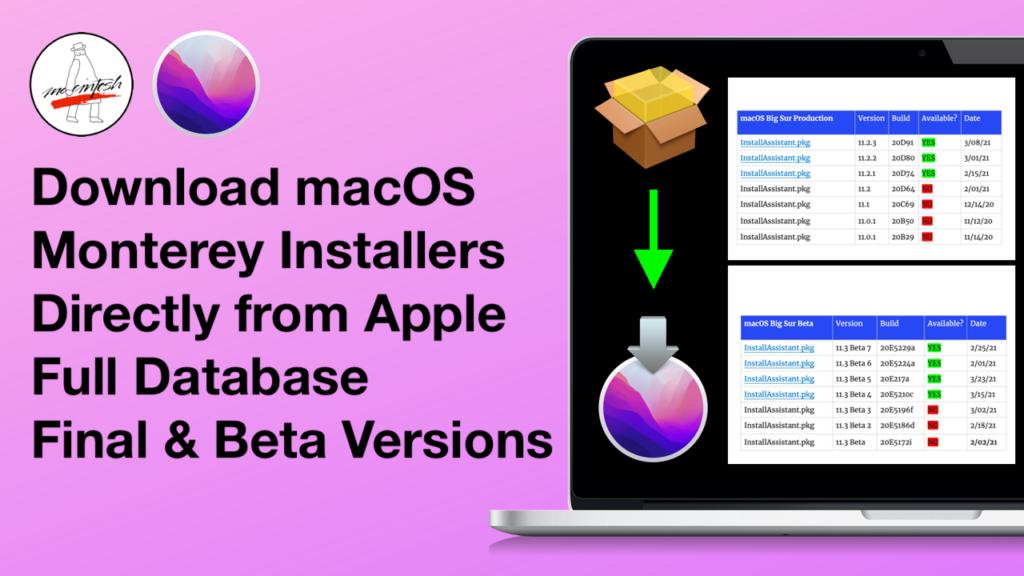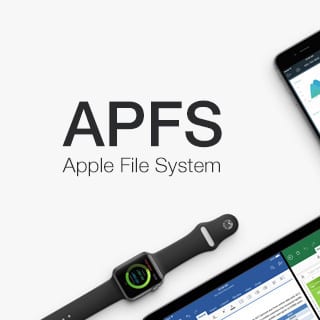I skimmed the replies, not seeing what I’d would recommend. I just upgraded a 2015 MBP to Monterey from Mojave.
I highly suggest a SSD, but to mount internally. Before disembarking on such watch a few YouTube videos on cracking open the iMac and installing SSD, I am sure there are plenty. I highly suggest watching more than one, three should be sufficient, AND/or a webpage with pictures, try iFixit.com, or OWC for such. When getting SSD, get an external case for present internal.
I updated (at the same time) the SSD in this MBP, from 500GB, to 1 TB, which I got on the mac swamp list, it is faster than the stock one by 15% or so, but the old was measured under Mojave, HFS+, the new Monterey, APFS, I think.
Boot from the old spinning HD attached as external, download Monterey and install fresh copy on new SSD. Then boot from new OS on SSD and during set up use Migration assistant to move your old apps, account(s) and data files. Done.
My MBP is lively than ever! I would highly discourage updating an OS (not patches, security updates, that’s OK, I mean major OS versions), the ‘normal’ way, but to do it this way, it doesn’t transfer over a bunch of no longer used system stuff.
I also did this, about the same time with an older (2011) MBP running El Capitan, which Apple has let all the certificates expire, so it can’t access 95% of the web. When I updated that machine to El Capitan I had a hard time with Mathamatica, LabView, and MatLab, getting them to run again (search found which pref files to delete, and maybe a few other things). I really can’t justify upgrading those apps (at least a few $K), so I never upgraded from El Capitan. So I used an SSD external, installed High Sierra, same procedure of booting from that, and using Migration Assistant to move account(s), apps, and data over. Booting from the new HS, amazingly everything was happy, other than Micro$oft Office (see my write up here on that fiasco). I can still boot from El Capitan as an external disk and run that version of Office, so I don’t understand why Micro$oft can’t recover the Product ID, so I can use that on the same package, transferred over, running under High Sierra. Trying to install any later version of Office on this MBP, office calls the mothership, and won’t do the blessing. Micro$oft Engineers says its Apple not allowing Office installs on 3 OS’s older than current, I don’t understand how Apple comes between Office on my computer, using a direct connection to Micro$oft to being blessed by Micro$oft servers. So to get around this, Micro$oft Engineers helped me install an older version of Office, than I had, where they had the Program ID Code, not sure why they couldn’t do that with the version I had. Though thinking back the two months, the older version I am now running may have been the one I left on the machine after getting the ‘newer’ version I don’t have the product code for.




